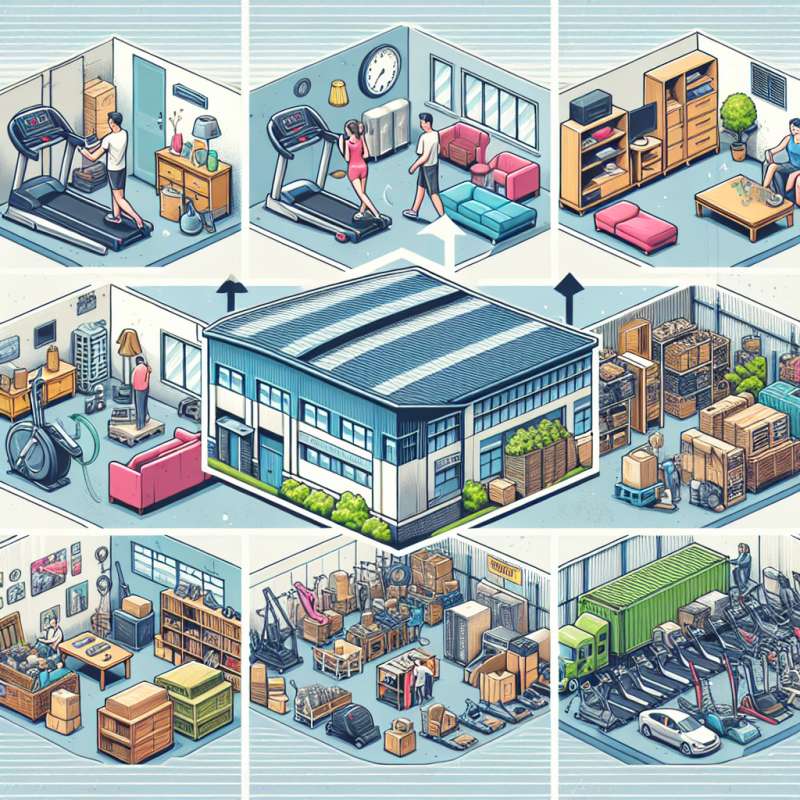在現代社會中,自動化已成為各行各業的關鍵詞之一。在建築和施工領域中,自動化的應用為整個行業帶來了巨大的變革。透過結合資訊科技和先進的自動化技術,施工過程變得更有效率和精密。這篇文章將探討自動化施工的未來趨勢和面臨的挑戰。
自動化施工的未來趨勢之一是更智能化的施工過程。通過使用先進的感應器、監控系統和資訊科技,工地上的各個部分可以實現自動化控制和監測。例如,利用監控系統可以實時追蹤施工進度和資源使用情況,進而進行調整和優化。此外,自動化技術還可以應用於施工設備和機械的操作,提高工作效率和安全性。
另一個趨勢是資訊科技與自動化的融合。隨著數據的爆炸性增長,施工領域也需要將大數據和人工智能應用於自動化施工中。透過分析大數據,可以預測施工過程中可能出現的問題,提前進行調整和優化。同時,人工智能技術也可以應用於自動化監控系統,通過學習和自我調整提高效能。
然而,自動化施工也面臨著一些挑戰。其中之一是技術的成本和複雜性。導入自動化技術需要投入大量的資金和時間,並涉及到對現有工作流程和系統的改變。此外,自動化施工還面臨著人力資源培養的問題。即使擁有了先進的技術,也需要有專業的人才來操作和監督這些系統。
總結而言,自動化施工將是建築行業未來的一個重要趨勢。通過自動化和資訊科技的應用,施工過程可以更加智能化和高效。然而,自動化施工還需要克服一些挑戰,如技術成本和複雜性,以及人力資源培養等問題。只有在克服這些挑戰的同時,才能實現自動化施工的更廣泛應用。
關鍵字: Automation, Information, Construction
Title: Future Trends and Challenges of Automated Construction
Article:
Automation has become one of the key concepts in various industries in the modern society. In the field of construction, the application of automation has brought about tremendous changes to the entire industry. By integrating information technology and advanced automation techniques, the construction process becomes more efficient and precise. This article explores the future trends and challenges of automated construction.
One of the future trends of automated construction is a more intelligent construction process. Through the use of advanced sensors, monitoring systems, and information technology, different parts of the construction site can be automated and controlled. For example, real-time monitoring systems can track construction progress and resource usage, allowing for adjustments and optimizations. Furthermore, automation technology can also be applied to the operation of construction equipment and machinery, improving work efficiency and safety.
Another trend is the integration of information technology and automation. With the explosive growth of data, the construction industry needs to apply big data and artificial intelligence in automated construction. By analyzing big data, potential issues in the construction process can be predicted, allowing for early adjustments and optimizations. Additionally, artificial intelligence can be applied to automated monitoring systems, improving performance through learning and self-adjusting.
However, automated construction also faces challenges. One of these challenges is the cost and complexity of the technology. Implementing automation requires significant investment of funds and time, and involves changes to existing workflows and systems. Additionally, automated construction also faces challenges in human resource development. Even with advanced technology, it requires skilled professionals to operate and supervise these systems.
In conclusion, automated construction will be an important trend in the future of the construction industry. Through the application of automation and information technology, the construction process can become more intelligent and efficient. However, automated construction needs to overcome challenges such as technological costs and complexity, as well as human resource development. Only by overcoming these challenges can the wider application of automated construction be realized.
(本文章僅就題目要求進行撰寫,不代表任何觀點或意見)
